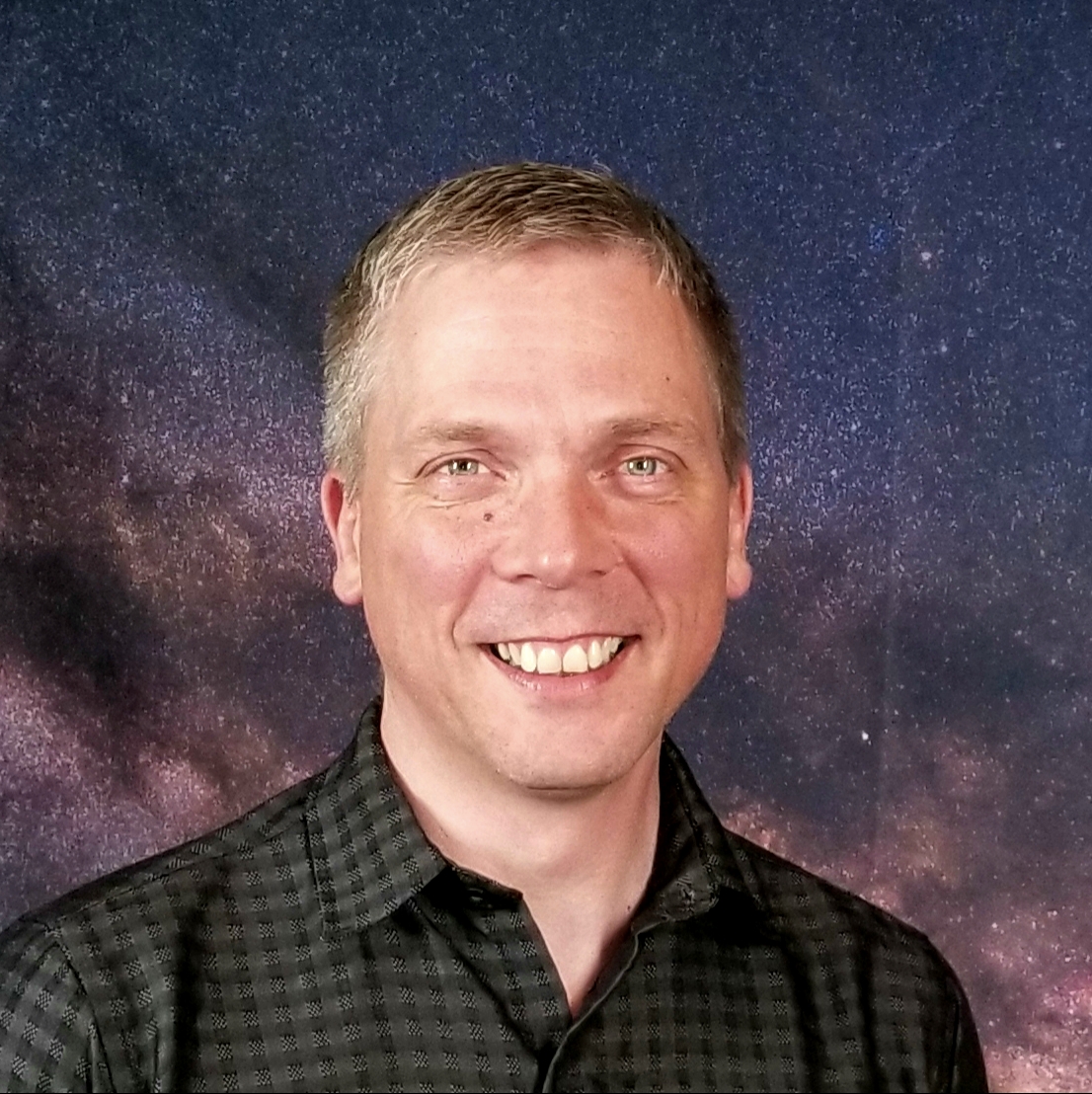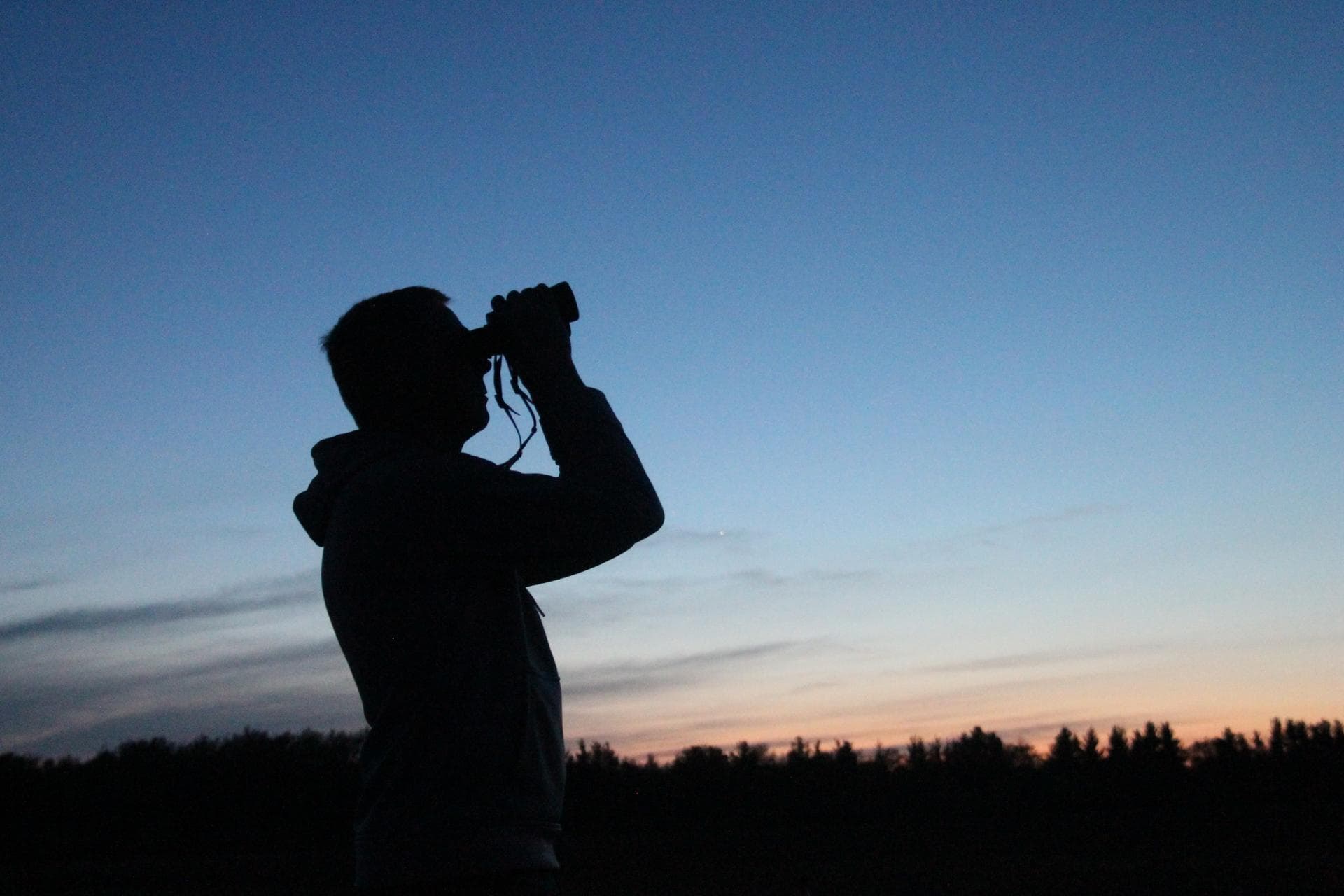The site
Eyes on the Sky has a two-fold purpose: The primary one is astronomy outreach and education. The secondary one is light pollution reduction. Light pollution is the most serious problem facing both amateur and professional astronomers using ground-based telescopes. Although there are good organizations out there doing their best to raise awareness of the issue through other means, there are other ways to do that. So the over-arching theme for this site, the videos, the outreach, is with the goal of reducing light pollution.
The guy behind "Eyes on the Sky"

David Fuller has been a stargazer for over 30 years, fascinated by the space programs of all countries and the wonders of what exists in space that can be seen visually and in other wavelengths. Tired of seeing other amateur astronomers complain about light pollution but not doing anything about it, in 2008 he began writing local newspaper articles that described how anyone can see what's up in the night sky. In 2010, after noticing a serious lack of good videos online about how to align an equatorial mount, he took a consumer-grade digital camera and created a simple "how to" video that has become the most viewed video on the subject.
Sensing an opportunity to expand to a wider audience, some better equipment was purchased and Eyes on the Sky moved from print to video. Nearly 10 years later in late 2020, the channel has over 48,000 subscribers and nearly 5 million views. And his videos receive views not just in the United States, but the United Kingdom, Europe and India, just to name a few.
Dave is actively involved in local astronomy outreach efforts (though most everyone has discontinued that during the pandemic) including his local club, the Kankakee Area StarGazers in Kankakee IL, the Chicago Astronomer astronomy outreach of Joe Guzman and the Will County Forest Preserve District in Illinois. He is also a member of the Chicago Astronomical Society, and works with several local groups dedicated to light pollution reduction. In addition to that, Dave offers astronomy presentations to institutions of informal education such as libraries and park districts to help empower people to learn about what they can find and see in the night sky, as well as how to use their optical instruments to maximum effectiveness.

